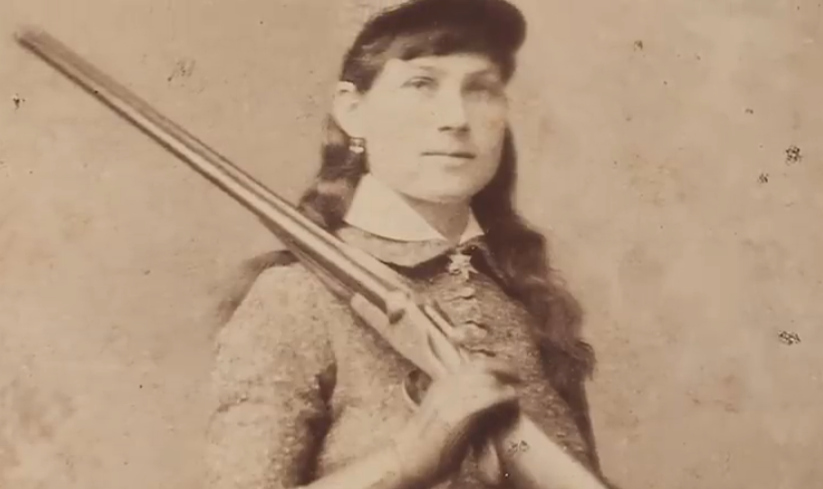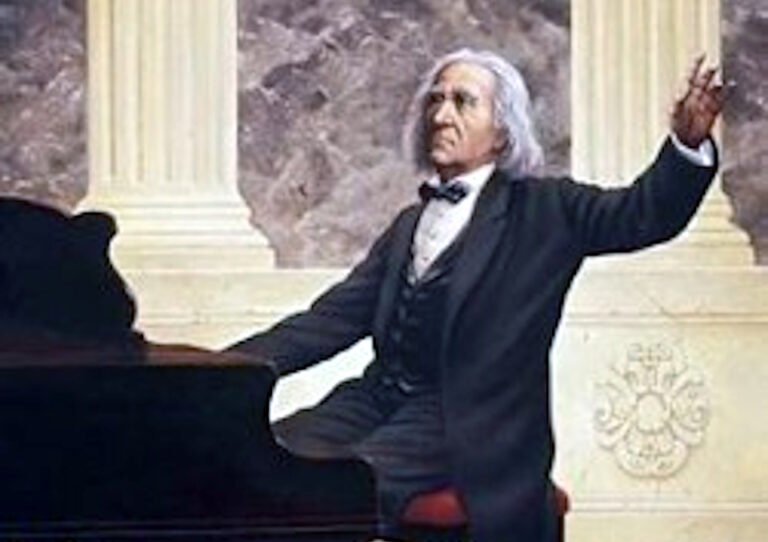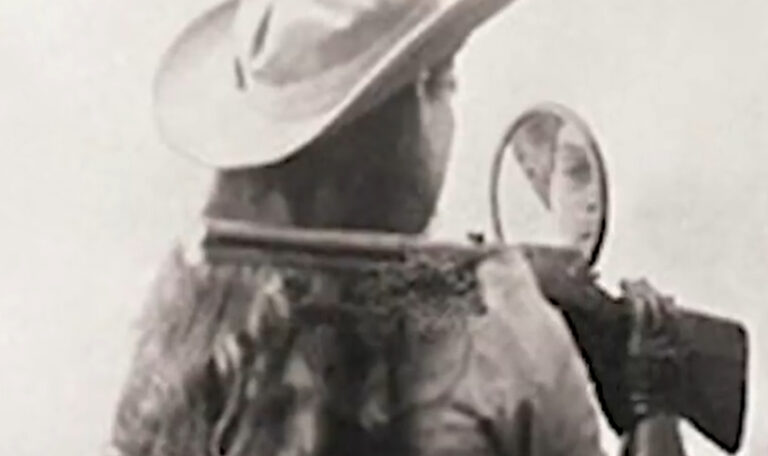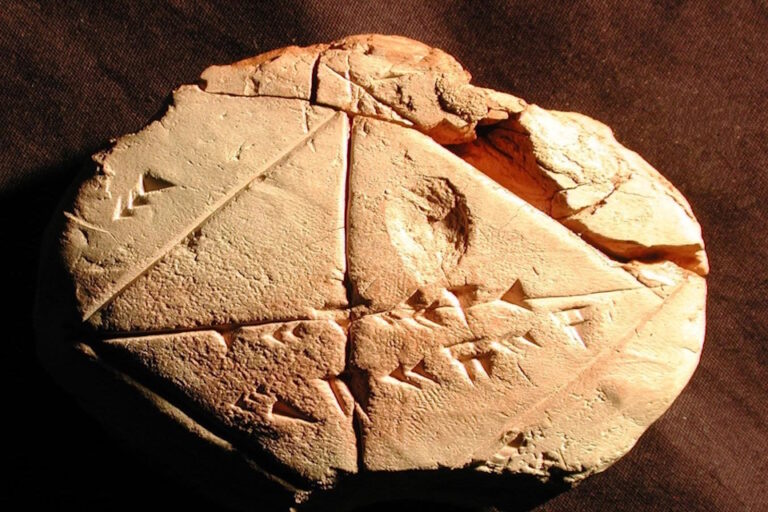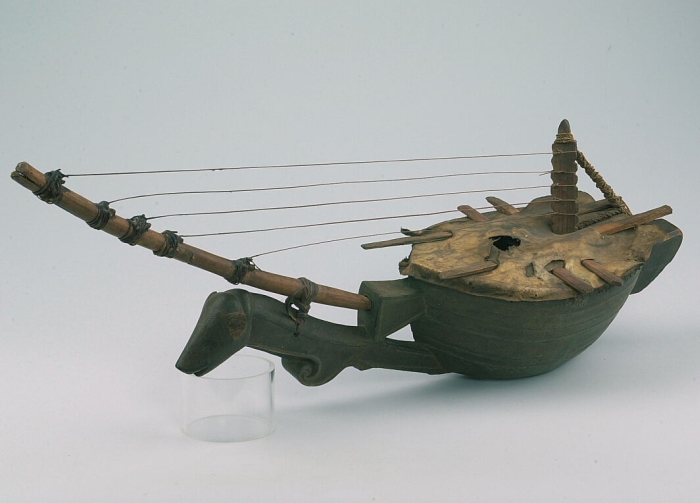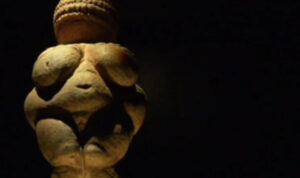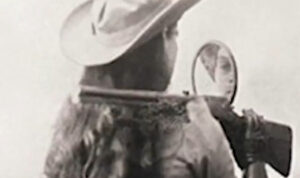The Wild West was a time of remarkable individuals, larger-than-life personalities, and cultural clashes. Among the most intriguing relationships of the era was the one between Annie Oakley, the sharpshooting icon, and Sitting Bull, the legendary Lakota Sioux chief. Although they came from vastly different worlds, their bond defied expectations and exemplified the spirit of the American frontier. Here’s a deeper look into their unique connection.
Annie Oakley: The Sharpshooter Who Defied Norms
Born Phoebe Ann Moses in 1860 in Ohio, Annie Oakley was raised in poverty. Her father died when she was young, forcing her to learn how to shoot in order to help provide for her family. By the age of 15, Oakley was already a crack shot, and she gained national recognition when she won a shooting contest against Frank E. Butler, a well-known marksman. Their eventual marriage would not only make her a household name but also lead her to the Wild West Show.
Her talent and bravery broke societal norms of the time, as she became one of the first women to achieve fame in the male-dominated world of sharpshooting. Annie Oakley’s performances with Buffalo Bill’s Wild West Show made her a global sensation. She could shoot a cigarette from a person’s mouth, split a playing card in mid-air, and perform other astonishing feats with precision and flair.
Sitting Bull: A Warrior of Great Courage
Sitting Bull, born in 1831, was the chief of the Lakota Sioux tribe. He was a courageous warrior and a staunch defender of his people’s land, culture, and sovereignty. His most famous victory came at the Battle of Little Bighorn in 1876, where he led a coalition of Native American tribes in defeating General George Armstrong Custer’s forces. Sitting Bull was a symbol of resistance to the U.S. government’s encroachment on Native American lands.
Despite his fierce reputation as a warrior, Sitting Bull was also a visionary leader who prioritized the well-being and spiritual health of his people. He was revered as a wise and compassionate figure, known for his deep connection to the natural world and his commitment to his people’s traditions.
The Unlikely Meeting
Sitting Bull and Annie Oakley’s paths crossed in 1884, when Buffalo Bill Cody invited the Lakota Sioux chief to join his Wild West Show. At the time, Sitting Bull was a well-known figure and had already become a symbol of Native American resistance. He had surrendered to U.S. forces in 1881 and was living in the Standing Rock Reservation when he agreed to perform with Buffalo Bill.
Annie Oakley and Sitting Bull formed an unlikely friendship. Sitting Bull, who was initially skeptical of the Wild West Show, quickly grew fond of Annie’s talent. According to Oakley, Sitting Bull called her “Little Sure Shot,” a nickname that would become one of her most enduring monikers. Oakley, in turn, respected Sitting Bull’s wisdom and leadership.
Their interactions were marked by mutual respect and admiration, bridging the divide between the Native American leader and the celebrated entertainer. Oakley performed for him and the other Native American performers in the show, and Sitting Bull, a seasoned hunter, was reportedly impressed by her marksmanship.
A Symbol of Cross-Cultural Respect
Their relationship, built on mutual respect, was symbolic of the broader cultural exchanges that occurred on the American frontier. For Oakley, performing alongside Sitting Bull helped challenge the stereotypes of Native Americans, while Sitting Bull’s participation in the show exposed audiences to a different side of his culture—one not defined solely by warfare but also by the richness of
Native American traditions.
In a way, their connection transcended the cultural conflicts of the time. Oakley’s fame and Sitting Bull’s participation in the show highlighted the diverse array of experiences that defined the American West. Their bond, while brief, was a shining example of how individuals from different backgrounds could come together and honor each other’s unique talents and traditions.
Aftermath and Legacy
Although Sitting Bull eventually left the Wild West Show and returned to his people, the friendship between him and Annie Oakley left a lasting impression. Sitting Bull was tragically killed in 1890 during a confrontation with U.S. Indian police, while Oakley’s fame continued to grow, cementing her status as one of the most famous sharpshooters in history.
Today, both Oakley and Sitting Bull are remembered as two of the most iconic figures of the American West. Oakley’s legacy as a trailblazing woman in a male-dominated field and Sitting Bull’s status as a leader of his people continue to inspire new generations.
